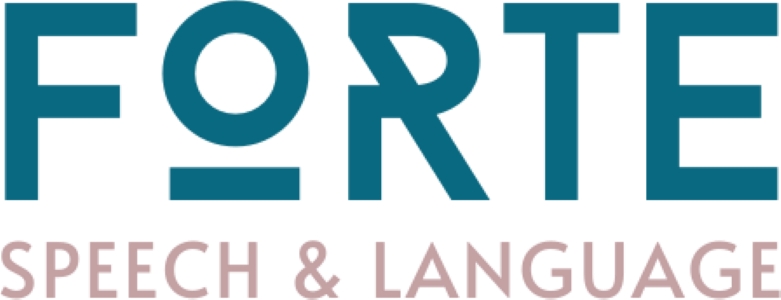Forte Speech & Language Therapy, a Los Angeles-based speech and language therapy clinic specializing in augmentative and alternative communication (AAC), has released a new in-depth report aimed at helping families and caregivers better support nonspeaking children through a powerful strategy known as aided language stimulation.
The new report, titled “A Parent’s Guide To Aided Language Stimulation For Kids Who Use AAC,” highlights the importance of modeling AAC systems during everyday interactions to help children with speech and language differences find their voice.
“For children with cerebral palsy, Down syndrome, selective mutism, and other diagnoses, AAC can be a life-changing tool,” says the report. “But just like a child learning spoken language needs to hear words, AAC users need to see their system in action. That’s where aided language stimulation comes in.”
Aided language stimulation, sometimes called “modeling” or “aided language input,” involves speaking while simultaneously selecting symbols or words on a child’s AAC device. This provides the child with consistent, meaningful input in the language they are learning to use.
“It’s not enough to simply give a child an AAC device and expect them to know how to use it,” the report explains. “Just like owning a piano doesn’t make you a pianist, having an AAC system doesn’t automatically make someone a communicator. It takes support, role models, and time.”
The report walks readers through practical steps for implementing aided language stimulation at home.
Importantly, the report reminds caregivers that mistakes are part of the process. “It’s completely normal to press the wrong button or go to the wrong page. In fact, showing the AAC user how you fix your mistakes can be a valuable learning experience. It demonstrates that everyone makes errors and how to recover from them.”
The 90/10 rule is also addressed, reassuring families that at first, adults may be doing most of the communication on the device, but this will shift over time as the child gains confidence and skills.
Forte Speech & Language Therapy emphasizes that speech-language pathologists play a vital role in supporting families on this journey. Through individualized assessment and personalized treatment plans, therapists help determine whether AAC is the right fit and guide families in making it part of everyday life.
“This strategy isn’t just about teaching a child to ‘ask for juice,’” the report notes. “It’s about empowering them to share thoughts, feelings, stories, and laughter.”
Those interested in learning more about aided language stimulation are encouraged to read the full report, available for free on Forte Speech & Language Therapy’s website.
Media Contact
Company Name: Forte Speech & Language Therapy
Contact Person: Kylie Puckett, MA, CCC-SLP
Email: Send Email
Phone: +1 (818) 208 0027
City: Los Angeles
State: California
Country: United States
Website: https://www.fortespeech.com/


